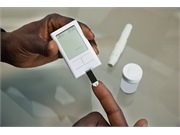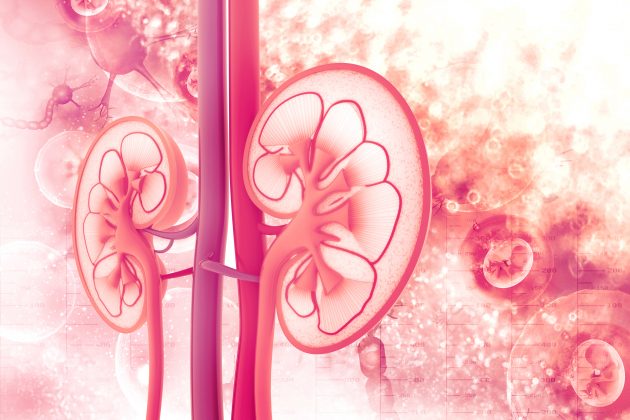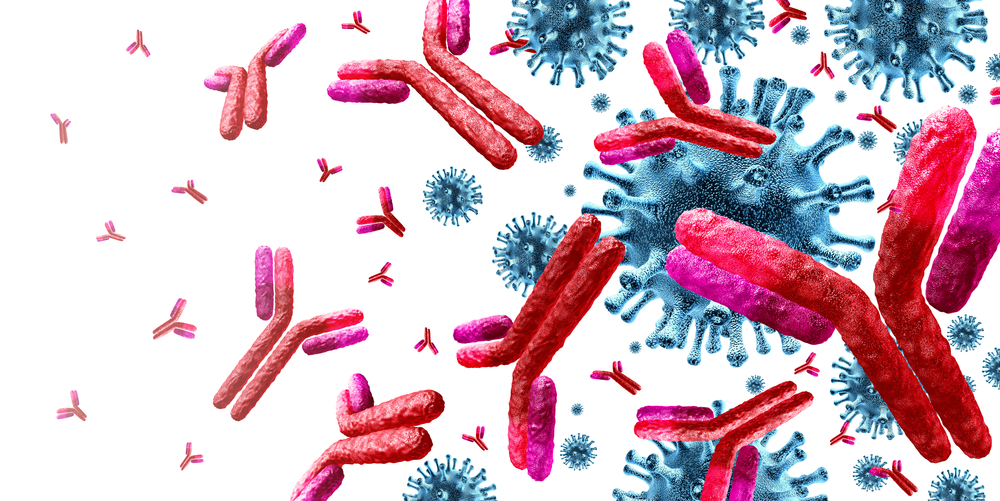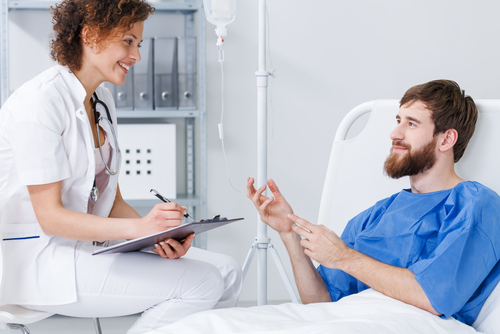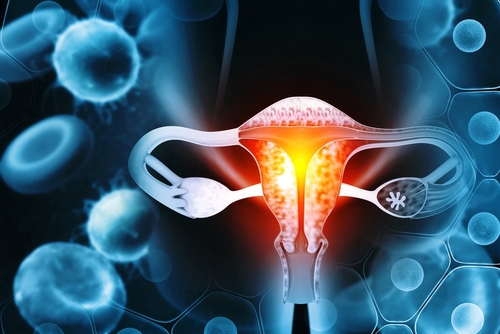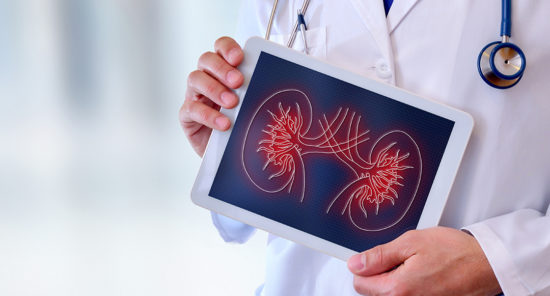In patients with type 2 diabetes, chronic kidney disease (CKD) is a major contributor to early mortality. Most patients in this population have stage G1 to G3 and A2 to A3 CKD based on the presence of microalbuminuria, defined as urinary albumin-to-creatinine ratio (ACR) 30-300 mg/g, or macroalbuminuria, defined as urinary ACR >300 mg/g, in the context of estimated glomerular filtration rate >30 mL/min/1.73 m2.
While advances in the pharmacotherapy of type 2 diabetes are associated with progress in treating CKD, for many patients CKD remains a chronic progressive disease. One independent risk factor for CKD is obesity. Results of observational studies suggest an association between metabolic surgery and reduced albuminuria as well as long-term incidence of end-stage renal disease. Those results support the premise that significant weight loss may have a key role in long-term reductions in the risk for kidney disease in patients with obesity and type 2 diabetes.
Ricardo Vitor Cohen, MD, and colleagues designed the MOMS (Microvascular Outcomes after Metabolic Surgery) trial to test the hypothesis that Roux-en-Y gastric bypass (RYGB) surgery would be more effective than best medical treatment to achieve remission of microalbuminuria in patients with obesity, type 2 diabetes, and early-stage CKD at baseline. The researchers reported outcomes from the first 24 months of the trial online in JAMA Surgery [doi.10.1001/jamasurg.2020.0420].
Eligible patients with established type 2 diabetes and microalbuminuria were recruited from a single center from April 1, 2013, to March 31, 2016. Follow-up was 5 years, including a prespecified intermediate analysis at 24 months. The primary outcome of interest was remission of albuminuria (urinary ACR <30 mg/g). Secondary outcomes included CKD remission rate, absolute change in urinary ACR, metabolic control, other microvascular complications, quality of life, and safety.
The cohort included 100 patients who were randomized to receive best medical treatment (n=49) or RYGB (n=51). Mean age of the cohort was 51.4 years and 55% were male. Baseline demographic and clinical characteristics were similar between the two groups. At 24 months, 92 patients had complete assessment with no crossovers. Eight patients (three in the best medical treatment group and five in the RYGB arm) did not receive the assigned intervention. The efficacy (intention-to-treat) population included 100 patients; safety and medication use were assessed in a total of 92 patients, 46 in each group.
After 24 months, in the 92 patients with complete data, 84% (36/43) of the RYGB group achieved the primary outcome, compared with 56% (24/43) of those in the best medical treatment group (risk difference, 0.279; 95% confidence interval [CI], 0.094-0.464). In an intention-to-treat analysis, 55% (95% CI, 39.0%-70.0%) of patients in the best medical treatment group and 82% (95% CI, 72%-93%) of patients in the RYGB group achieved albuminuria remission (P=.006).
The estimated remission rate of early-stage CKD was 48.2% (95% CI, 32.3%-64.1%) among patients in the best medical treatment group and 81.9% (95% CI, 71.8%-92.1%) among patients after RYGB (P=.002).
Metabolic control was defined as normalization of glycemic control (fasting glucose level <100 mg/dL and hemoglobin A1c ≤6.0%), blood pressure control (systolic blood pressure <130 mm Hg and diastolic blood pressure <80 mm Hg), and lipid levels (low-density lipoprotein cholesterol [LDL-C] <100 mg/dL and <70 mg/dL in patients with cardiovascular disease and triglyceride levels <150 mg/dL). At 24 months, the estimated proportion of patients reaching the American Diabetes Association (ADA) target for diabetes remission was 24.4% after best medical treatment and 44.5% after RYGB.
At 24 months, there was no difference in systolic or diastolic blood pressure between the groups or in the proportion of patients in either group reaching the ADA blood pressure targets. Significantly more patients in the RYGB group reached LDL-C level targets compared with the best medical treatment group (73% vs 51%; P=.048).
In the best medical treatment group, 41% met the triglyceride level target of 150 mg/dL; in the RYGB group, the target was met by 81% (P<.001). High-density lipoprotein C levels were unchanged after best medical treatment, but increased by 13.5 mg/dL (95% CI, 10.97-16.1 mg/dL) in the RYGB group (P<.001 for post-treatment scores).
The mean change in total body weight at 24 months was –4.5% (95% CI, –6.1% to –3.1%) in the best medical treatment group and –25.4% (95% CI, –26.9% to –23.8%) in the RYGB group. Mean estimated body mass index (BMI) of patients in the best medical treatment group was 31.2 at 24 months compared with 24.3 after RYGB. Fewer than 5% of patients in the best medical treatment group achieved 15% body weight loss, whereas more than 95% of those in the RYGB group lost more than 15% of body weight. In the best medical treatment group, the mean estimated proportion of patients who achieved BMI in the normal range was 0%, compared with 51% in the RYGB group (P<.001).
There were no differences between the two groups in progression of diabetic retinopathy and neuropathy.
During the 24 months, the safety profile of RYGB was comparable to that of best medical treatment. There were no deaths, episodes of serious hypoglycemia, malnutrition, or excessive weight loss in either group.
There were some limitations to the study cited by the authors, including the inherent open-label design, the short follow-up, and minor baseline differences in lipid-lowering medication use and race/ethnicity between groups that were statistically significant, although not deemed to be clinically relevant.
In conclusion, the researchers said, “After 24 months, RYGB was more effective than best medical treatment for achieving remission of albuminuria and CKD stage G1 to G-3 and A2 to A-3 in patients with type 2 diabetes and obesity. Our findings highlight the potential of RYGB as a new treatment paradigm that should be considered to slow or arrest CKD progression in patients with type 2 diabetes and obesity.”
Takeaway Points
- Researchers reported 24-month results from a study to compare the albuminuria-lowering effects of Roux-en-Y gastric bypass (RYGB) surgery versus best medical treatment in patients with early-stage chronic kidney disease (CKD), type 2 diabetes, and obesity.
- A total of 100 patients from a single center were randomized to either RYGB surgery or best medical treatment. At 24 months, remission of albuminuria occurred in 55% of patients in the best medical treatment group versus 82% of patients in the RYGB group.
- The rates of CKD remission were 48% in the best medical treatment group and 82% in the RYGB group (P=.002).
Credit: Original article published here.

